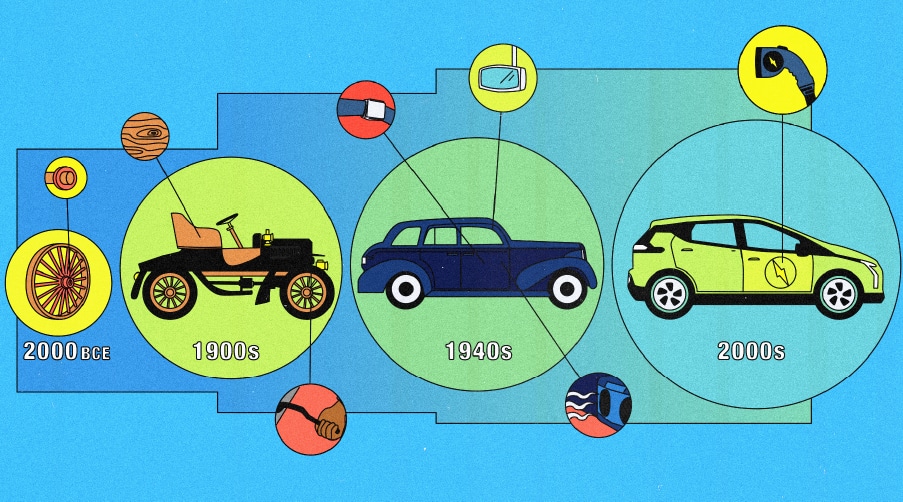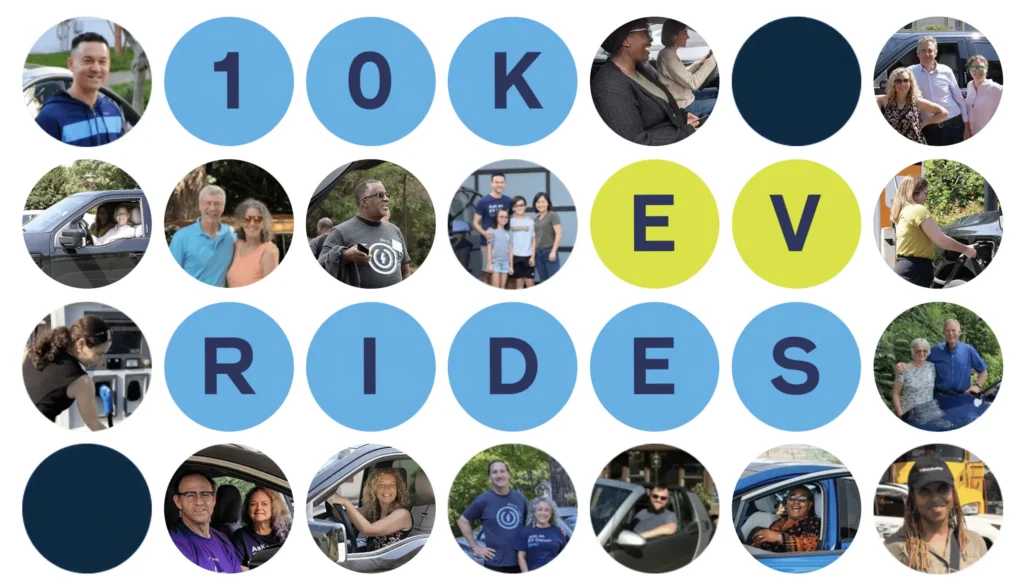This week’s blog is a firsthand account from the desk of Stuart Gardner, Electrify Your Ride Program Director. With over 10 years of auto industry experience and multiple cars and motorcycles, you could say he’s a “car guy.”
My first car was a 1971 Volkeswagen Type III Fastback. A lot has changed since then, but it sparked what has become a lifelong appreciation for all things automotive. This week is National Drive Electric Week, and as more and more Americans consider making their next car purchase electric (see Gen180’s brand new National Drive Electric Pledge campaign here), we thought it would be fun to take a tongue-in-cheek approach to the classically American automotive technological breakthroughs that brought us the electric car.
In the early 1900s, cars were started manually with a hand crank. The driver would turn a crank in the front of the car in order to start the internal combustion process of the engine. Sometimes, the crank would bend, so a useful tool many drives carried was a hammer to bang it back into shape. I really miss those days. The electric starter ruined everything.
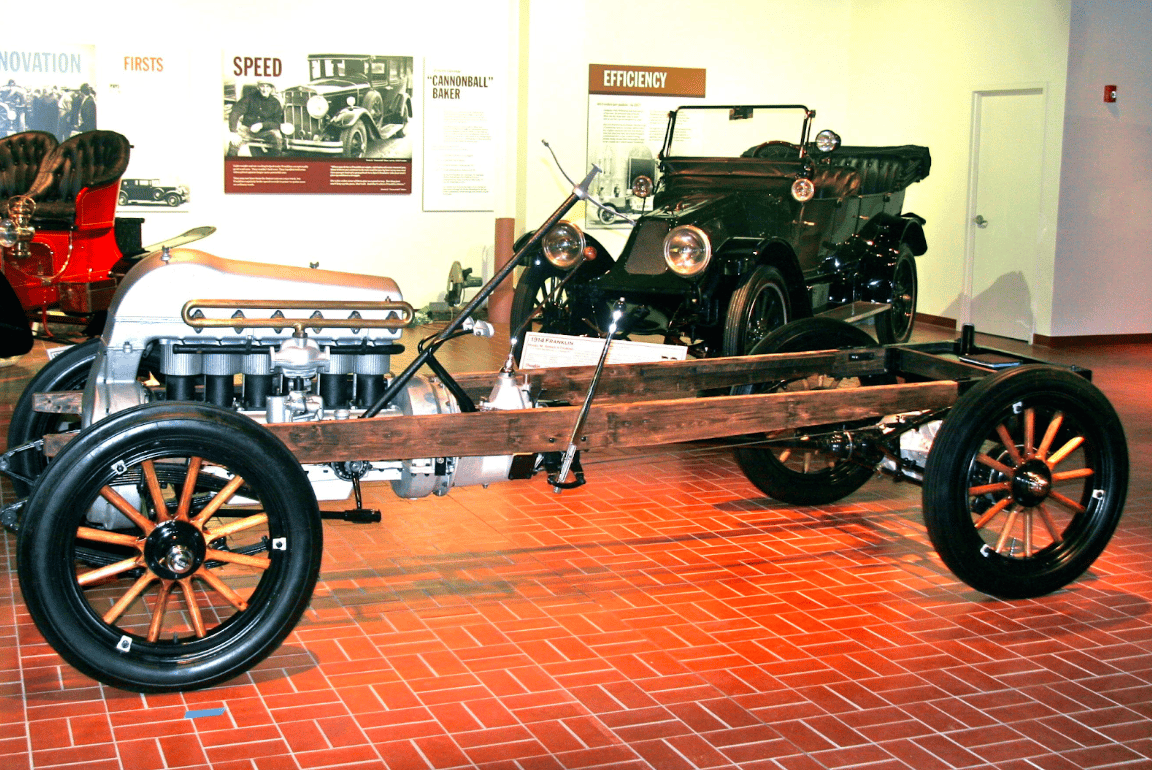
Until 1914, the bodies and frames of cars were made of wood. Then the Dodge Brothers came along. Steel has since become the standard.

Rowing the boat, three on the tree, four on the floor. Manual transmissions are cool and connect the driver to the vehicle. Then in 1939 General Motors came along and introduced the “Hydra-Matic.” Today, manual transmissions make up only about 2.4% of new cars. Sure, today’s automatic transmissions are more responsive and shift faster than even the quickest manual, but I miss spilling my coffee while trying to drive and answer the phone and shift into third.
The blast of hot air in the summer, you can see the heat rising up from the tarmac. Feeling my skin stick to the boiling hot surfaces of my seats. Can you believe some nut came around in the 1940s and introduced air conditioning in a car? Ridiculous.
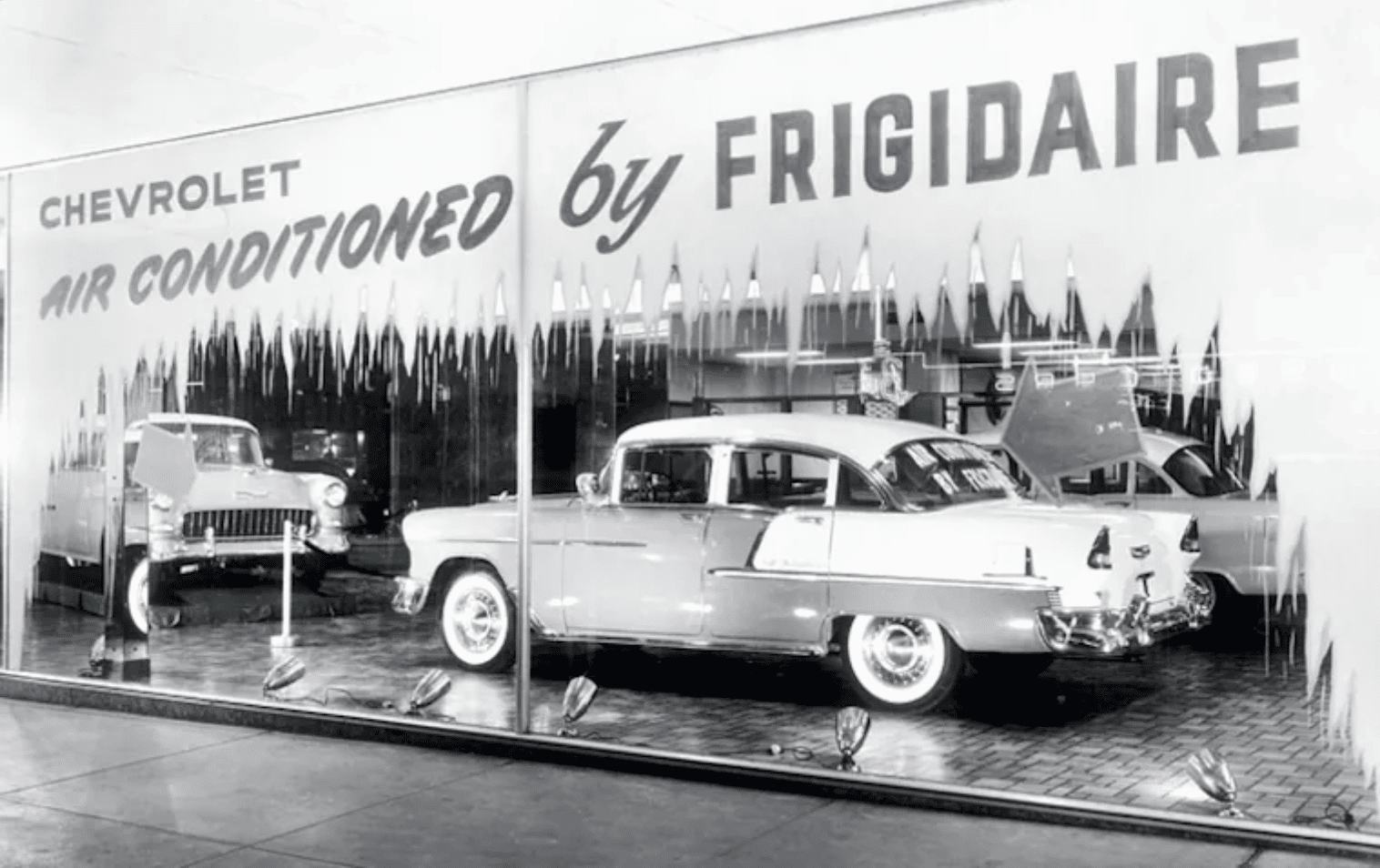
Did you know there isn’t a new car to be found in the US with a carburetor? How am I supposed to tune this thing? Sure, fuel injection is more efficient and prevents many of the issues carburetors have to deal with (altitude, flooding, hard starting, etc.), but what am I to do with all my wooden clothespins to prevent vapor lock? (motorhead alert)
Seatbelts, airbags, anti-lock brakes, and the review camera. Can you believe all of these things are now REQUIRED by the government? Absurd, right?
Which brings us to cars powered by an electric motor. They’re insanely fast, amazingly quiet (they can rumble loudly if you’re into that), and require nearly zero maintenance. But they are new. And while new may sometimes mean different, it doesn’t mean bad. Electric vehicles dramatically open the aperture of what’s possible, enabling designers to push the limits beyond what’s already been done with an internal combustion engine. Electric vehicles do not have a drive shaft, fuel tank, or transmission. This opens up all sorts of possibilities for interior passenger space, and of course “frunks.” Cool, right?
And U.S. car companies are certainly taking notice. General Motors recently launched a marketing campaign, “EVs for everyone, everywhere,” which debuted during the kickoff of the NFL season this month. This complements the eight EV ads that aired during the 2022 Superbowl, not to mention the expectation that more than half of US car sales will be electric by 2030.
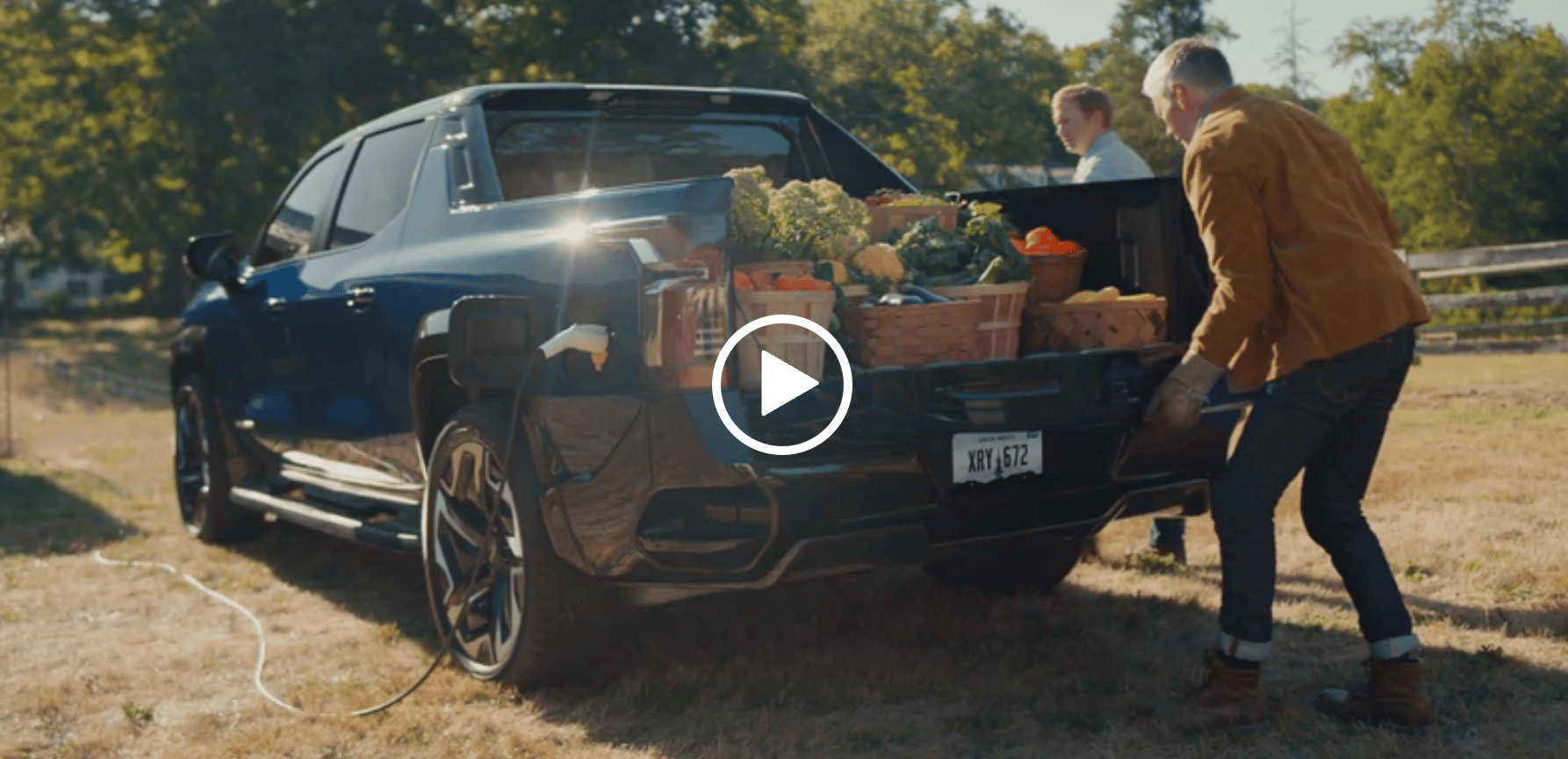
New GM spots w/ Fleetwood Mac music
The evolution of something as culturally beloved as the automobile may take time, but we don’t have to fear electric vehicles will kill American car culture. No one is taking away the cool classic cars of the past. We’re talking about new cars. We can embrace electric vehicles for how amazing they are in both design and performance. We can wax nostalgic when we think back to the hand crank, lack of air conditioning–and soon, oil changes.
Car culture is changing. EVs are the new normal. Don’t fall behind on the trend—sign the Going Electric pledge.
— Stuart (a car guy)












